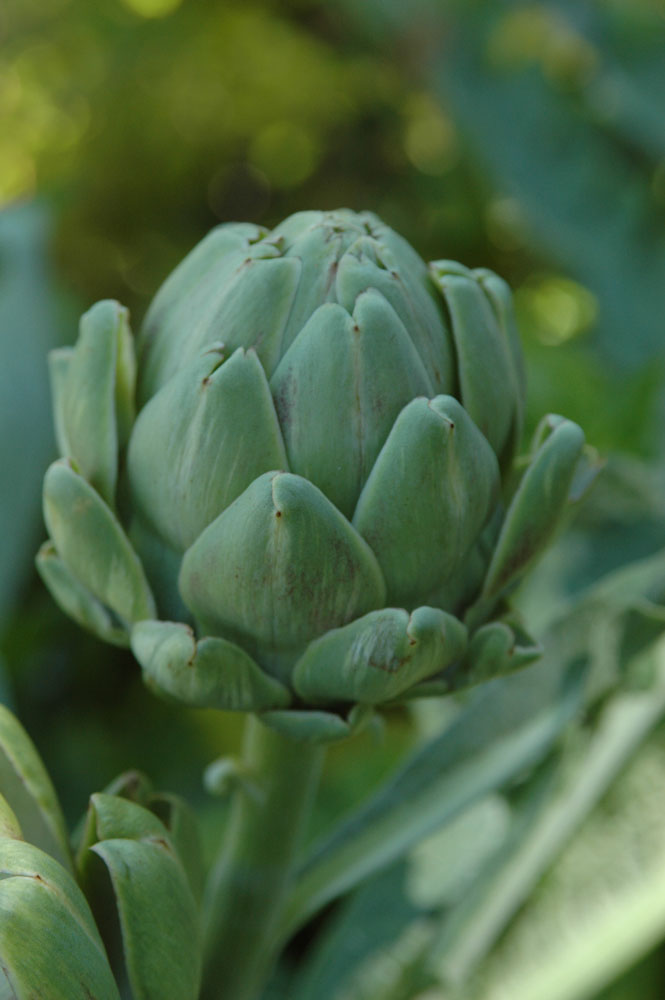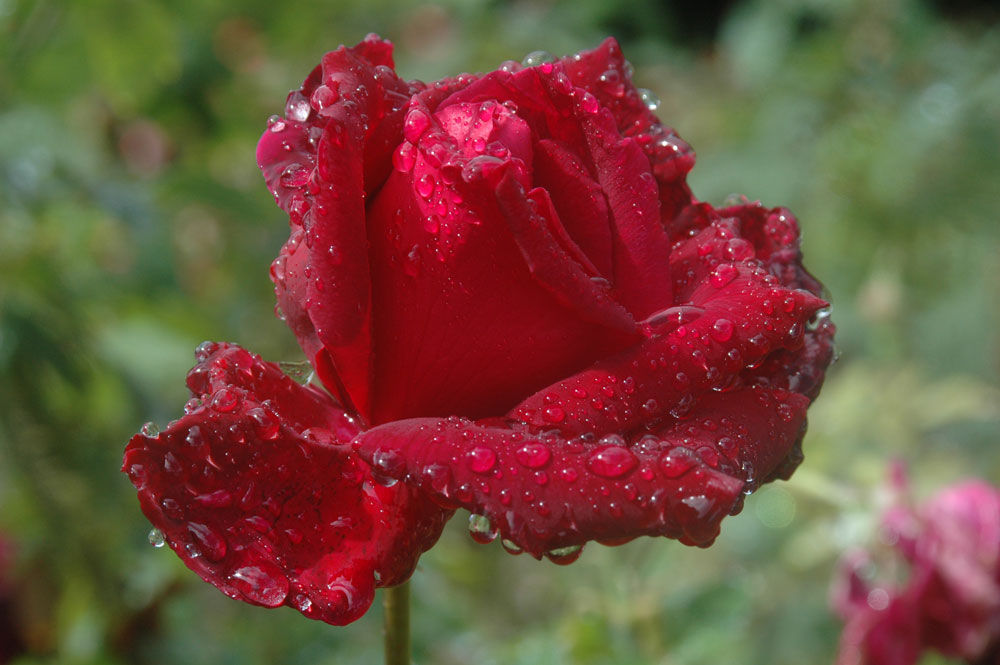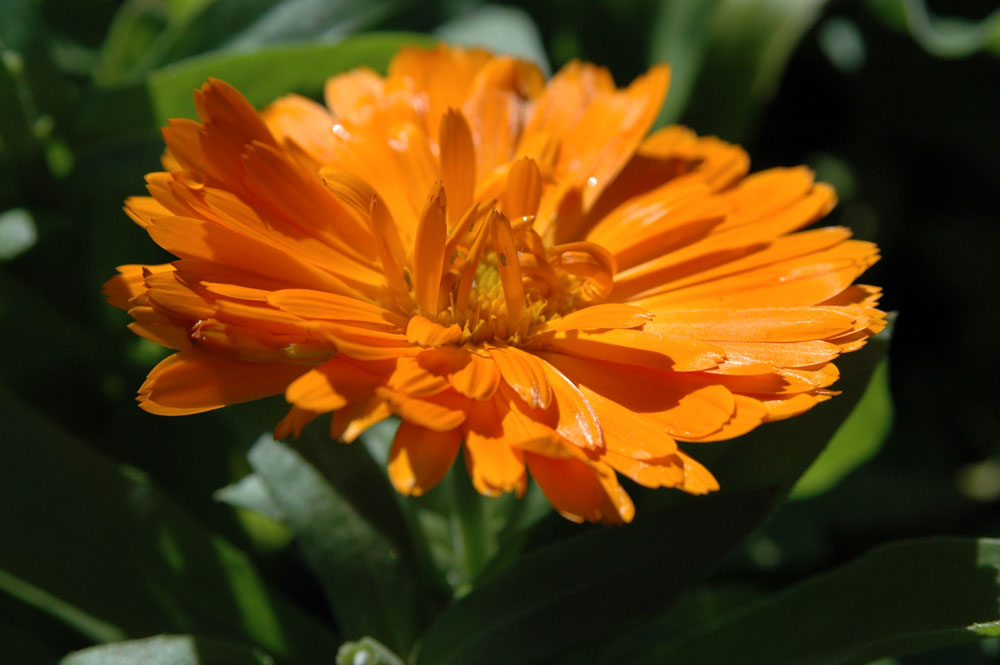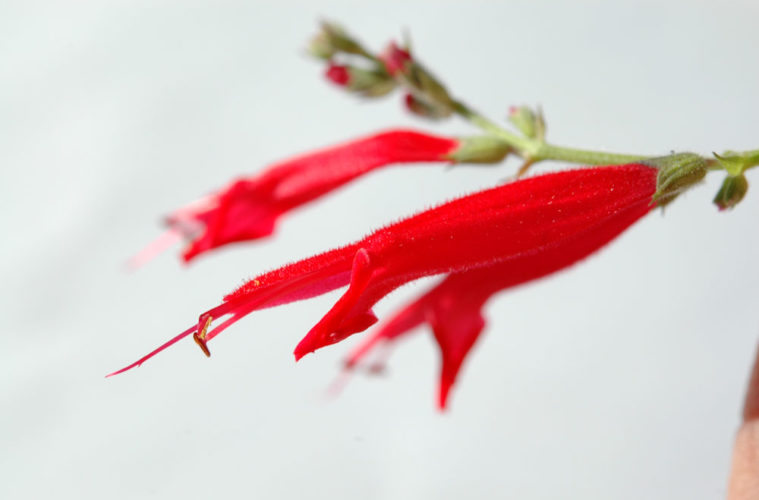Add appeal and enhance the flavour of your food with these edible flowers.
The way in which we use edible flowers in food has changed. Rather than as a garnish to decorate food, they’re also used to add subtle flavours to dishes and create interesting vinegars, oils, jams, jellies and sorbets.
YOU’LL ALSO LOVE: HOW TO MAKE HERBAL REMEDIES
They don’t have to be grown in a dedicated area, but they do make an attractive addition to the vegetable patch or herb garden and most of them also attract bees, butterflies and birds to the garden. You may even find that you already have some edible varieties growing in a sunny flower bed.

Artichoke
GROWING YOUR OWN
Most herbs and annuals grown for their flowers need a warm, sunny position and unless you will be harvesting them daily, a couple of plants of each will suffice. Free-draining soil is important, especially for herbs. Provide them with adequate water and a correctly balanced diet; fertilisers high in potash will boost flower production. When choosing which varieties to grow, consider the flowering season of each plant; the majority will be summer flowering, some like violets only appear in spring, while a few, like pineapple sage and calendulas, flower in autumn.
READ MORE: 5 Ways to make your own fertiliser
Here are some to try: basil, broccoli, chervil, chives, coriander, cornflower, courgette, day lily, dill, fennel, elderberry, fuchsia, honeysuckle, hibiscus, hollyhock, impatiens, lavender, nasturtium, peas, radish and roses.

Rose
A WORD OF WARNING
– Only use flowers you know are edible. If trying flowers that are new to you, whether for a garnish or in cooking, make sure you have identified them correctly. Never rely on the common names of plants. Two entirely different flowers can have the same common name and only one be poisonous.
– Home grown is best. You can then be sure of their freshness and that they are free of any pesticides. If you’re buying flowers, make sure of your source; flowers from a florist may have been sprayed with pesticides or fungicide.

Calendula
– In some cases only the petals are edible. Discard the stamens; this is particularly important for asthmatics who may have an allergy reaction to pollen; they should also be cautious of flowers from the daisy family. With flowers like roses, remove the bitter heal (the little white section where the petals are attached to the stem).
– Use only the petals of the composite flowers. Calendulas, dandelions and the English daisy Bellis perennis are ideal.
KEEP READING: How to propagate herbs
*Article based in “Edible & Medicinal Flowers” by Margaret Roberts


